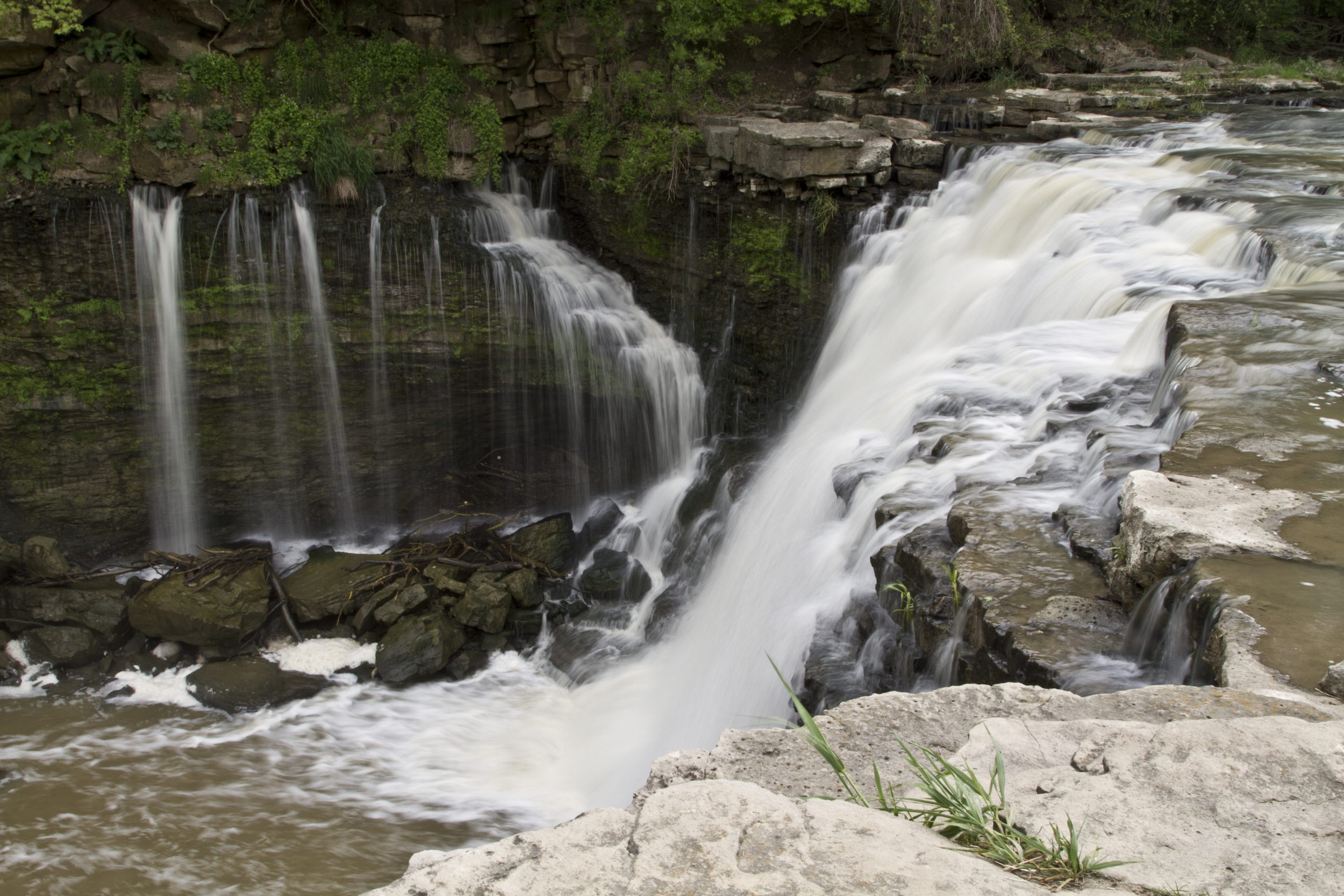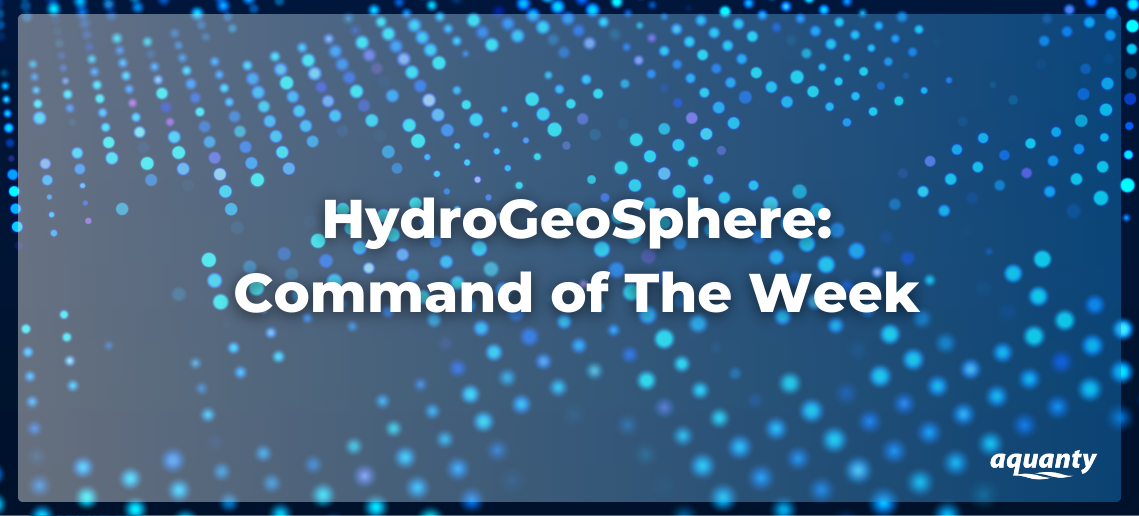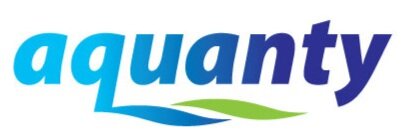

Calculate fluid volumes for selected elements
This post introduces three new commands added in Revision 2321 (November 2021) for tracking fluid volumes in selected elements within a model. These commands allow users to calculate the total fluid volume for both the porous media and surface flow domains:

Nodal flux reduction by pressure head boundary condition modifier
This post describes how to use the flux nodal boundary condition modifier: nodal flux reduction by pressure head. This modifier is used when the flux rate is set higher than the available water, which can cause numerical instability and model crashes.

Zero Order Source with Partitioning
This post introduces the new zero-order source with partitioning command, added to HGS in revision 2291 (August 2021 update). This command enables more realistic modeling of gaseous species production in the unsaturated zone (USZ), considering the partitioning between the aqueous and gas phases based on solubility and water saturation.

Simple Drain and Makeup Water Boundary Conditions
This post describes how to use two boundary conditions that maintain a target head in the event that head would exceed (simple drain) or undershoot (makeup water) a specified value. Conceptually we can think of these boundary conditions as one-way boundary conditions where water can only enter (makeup water) or exit (simple drain) the system and are active only when the target value is reached. We find these two boundary conditions very useful when trying to represent water management scenarios.

Blanking by element number with TecPlot for hydrogeological models
This post introduces a workflow for visualizing individual model layers in TecPlot using a custom macro. The workflow overcomes the limitations of TecPlot's built-in “Value Blanking” functionality, which can produce artifacts in complex scenarios, such as when zones are out of order or cross layer boundaries.

New Commands to Report Water Table Depth/Elevation
This post introduces two new commands in HydroGeoSphere (Revision 2270): Report water table at xy and Report water table at node. These commands allow you to report the water table at a specific location, either by node or XY coordinates.

Restarting a Terminated Run using restart_file_info.dat
This post outlines the improved HydroGeoSphere restart functionality, designed to simplify resuming a model run after unexpected termination. Previously, restarting required modifying multiple input files, rerunning grok.exe, and manually appending outputs. Now, with the automatic generation of parallelindx.dat, restart_file_info.dat, and prefixo.restart, the process is much more efficient.

Integrating HGS Models with PEST for Automated Parameter Estimation
This post introduces a detailed tutorial on integrating PEST (Parameter ESTimation) with HydroGeoSphere (HGS) for automated parameter estimation. The tutorial walks through the structure of PEST input files and guides you on how to incorporate them into your HGS models. It's designed to help you run parameter estimation using PEST, though it doesn't cover advanced PEST modes like Tikhonov regularization or predictive analysis. The tutorial is based on the Abdul verification problem and includes all necessary input files.

Batch renaming of HGS output binaries for HSPLOT
This post covers a useful workflow for renaming large groups of sequentially titled files, such as HydroGeoSphere’s binary PHGS output files. This process is particularly helpful when working with HSPLOT, which requires input files to be numbered sequentially starting from 1 (e.g., 0001, 0002, 0003, …n).
